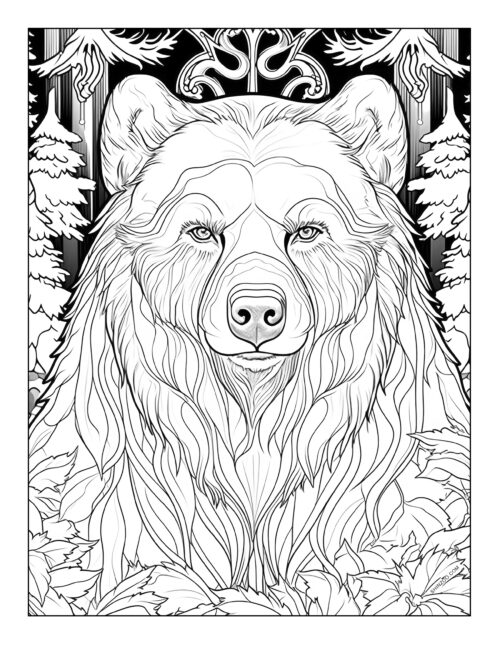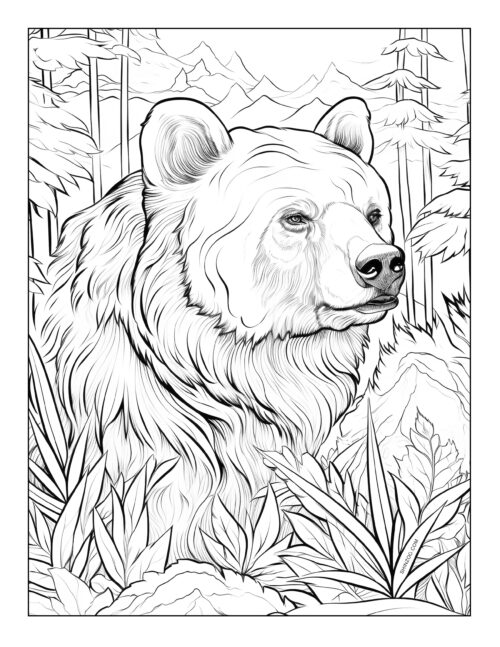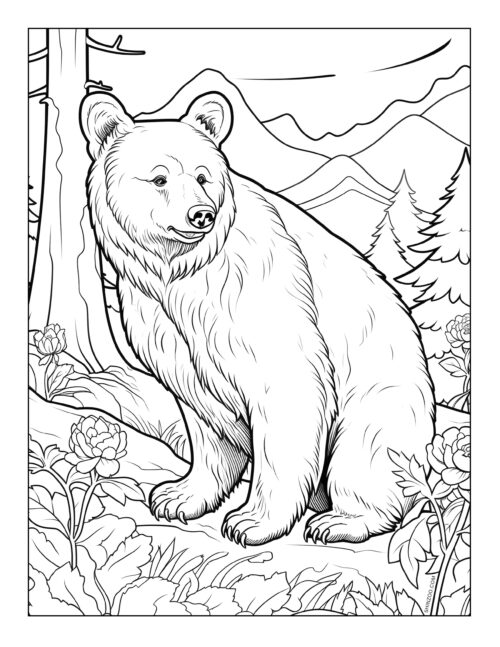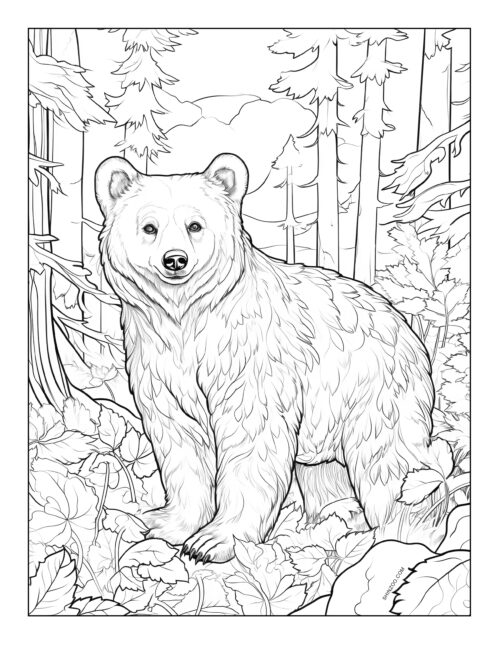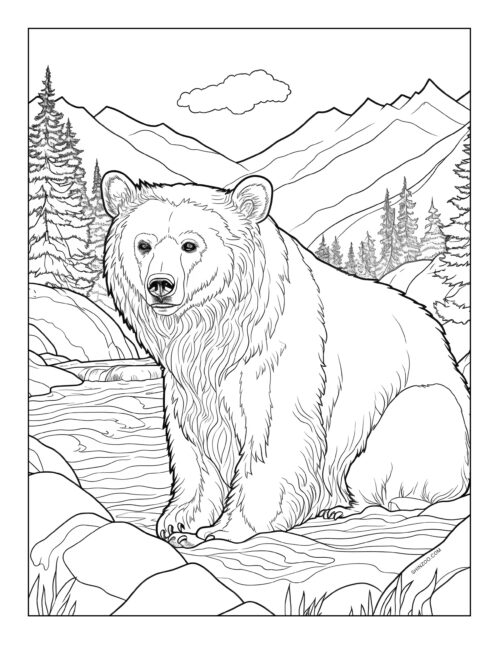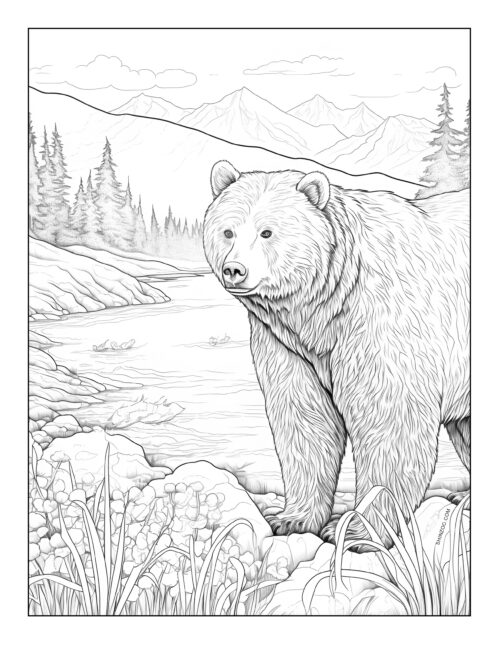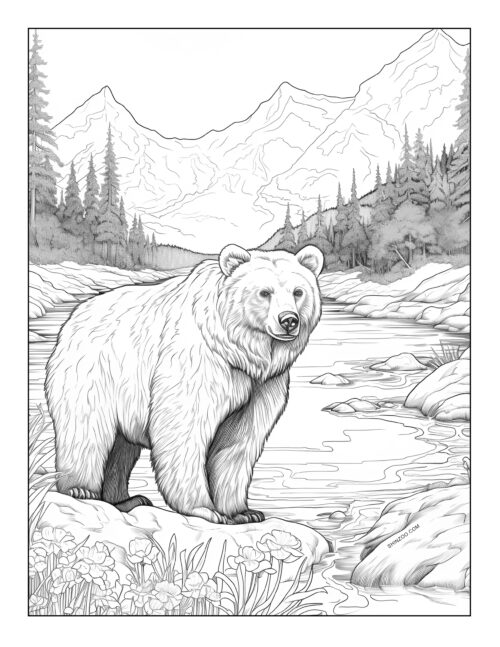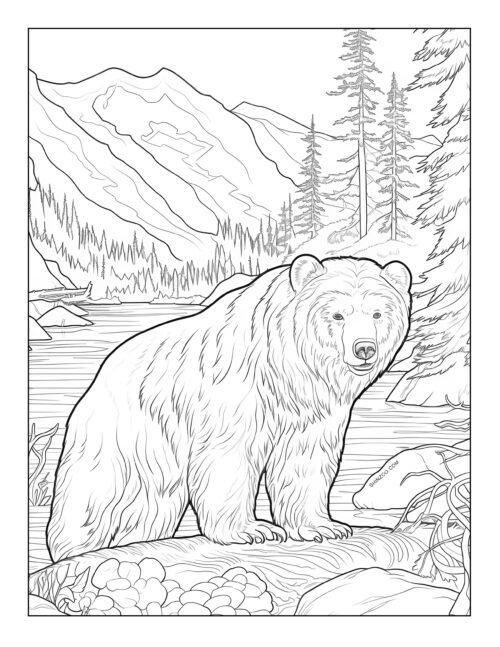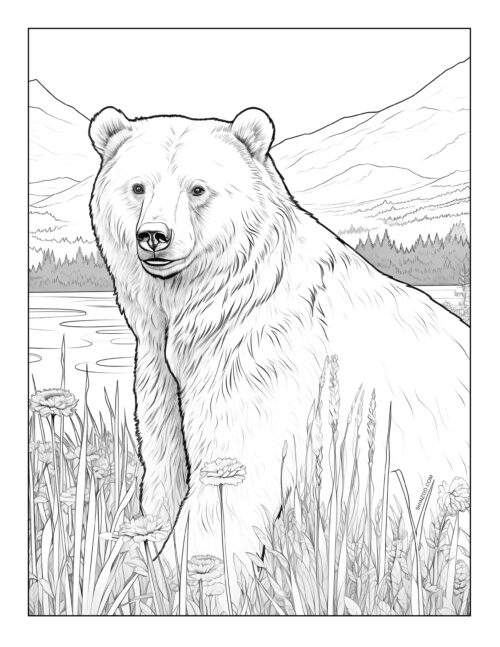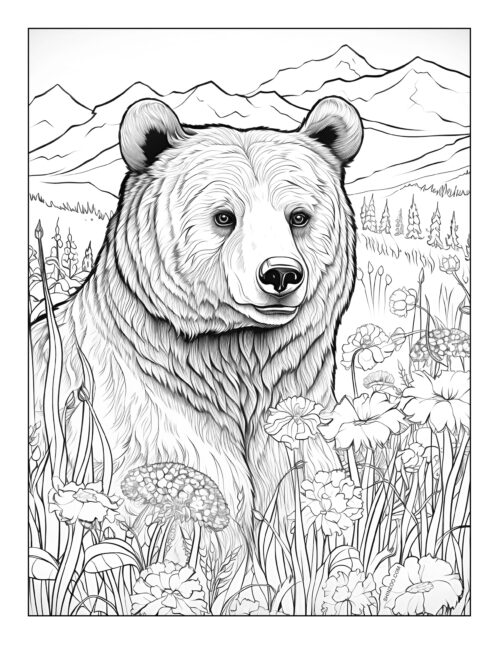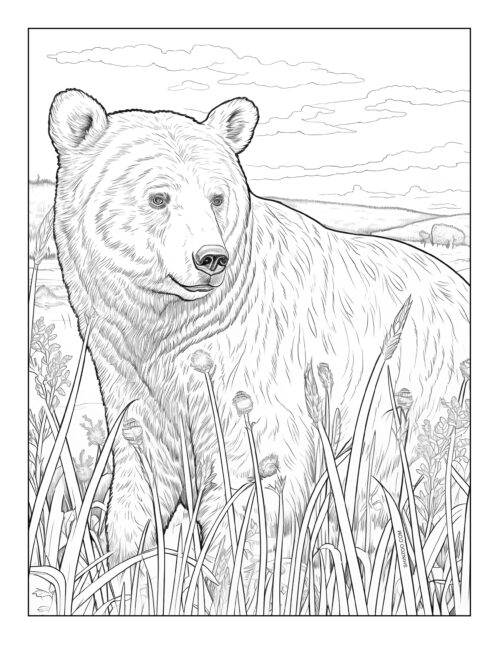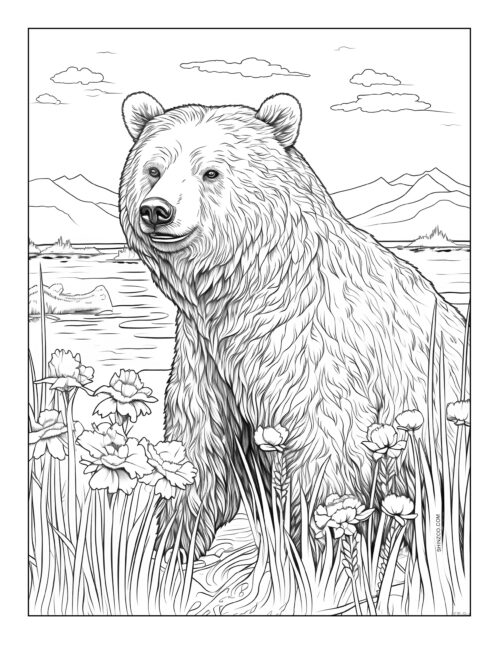Bears stand as one of the most majestic and revered animals in the wild. With their impressive size, strength, and distinct characteristics, bears have always been a subject of fascination and admiration. Bears are large mammals found in a variety of habitats across the globe. They belong to the family Ursidae and are known for their bulky structure, powerful limbs, shaggy hair, and long snouts. There are eight species of bears, including the well-known polar bear, the giant panda, and various species of brown and black bears.
Bears inhabit diverse environments, from the Arctic tundra, where polar bears roam, to the dense forests home to black and brown bears. Each species has adapted to its specific environment. For example, the polar bear is equipped with a thick layer of blubber and fur for the harsh Arctic climate, while the black bear is more adaptable, found in forests and mountainous areas across North America.
Bears play a crucial role in their ecosystems. As apex predators, they help maintain a balance in the animal populations. Some bear species are omnivorous, feeding on a diet that includes plants, fruits, and smaller animals, which helps in seed dispersal and controlling insect populations. Their presence is vital for the health of their habitats.
Throughout history and across cultures, bears have been revered and featured in folklore and mythology. They are often seen as symbols of strength, courage, and endurance. The bear’s solitary nature and impressive presence have made it an iconic figure in tales and legends around the world.

